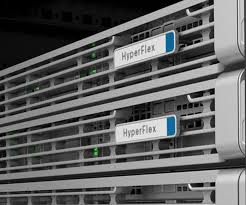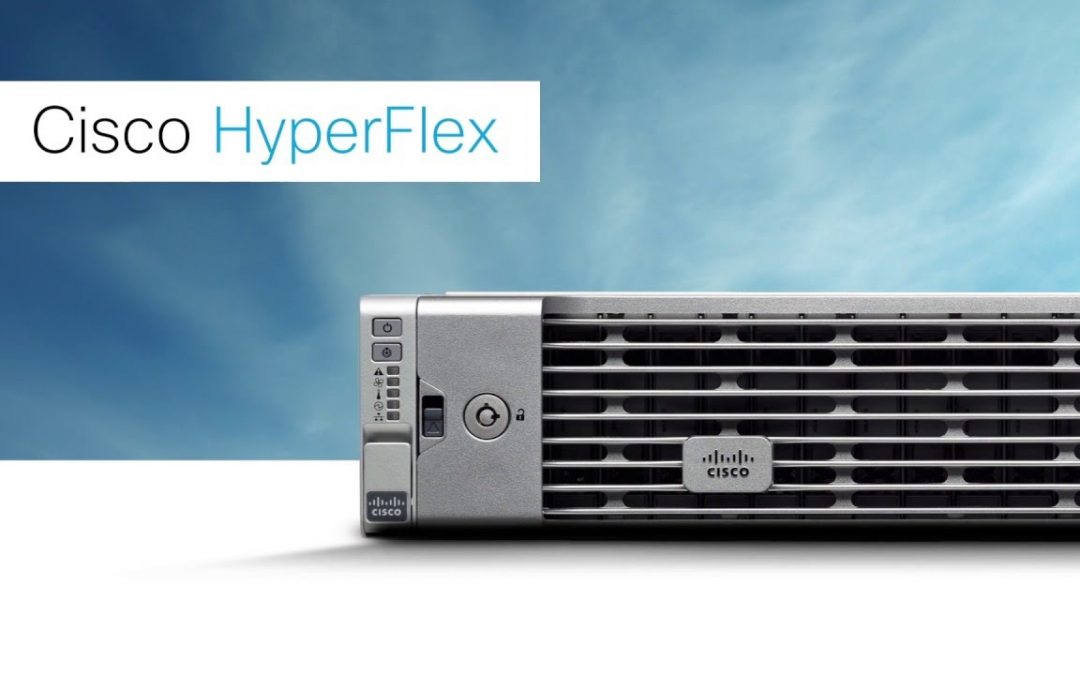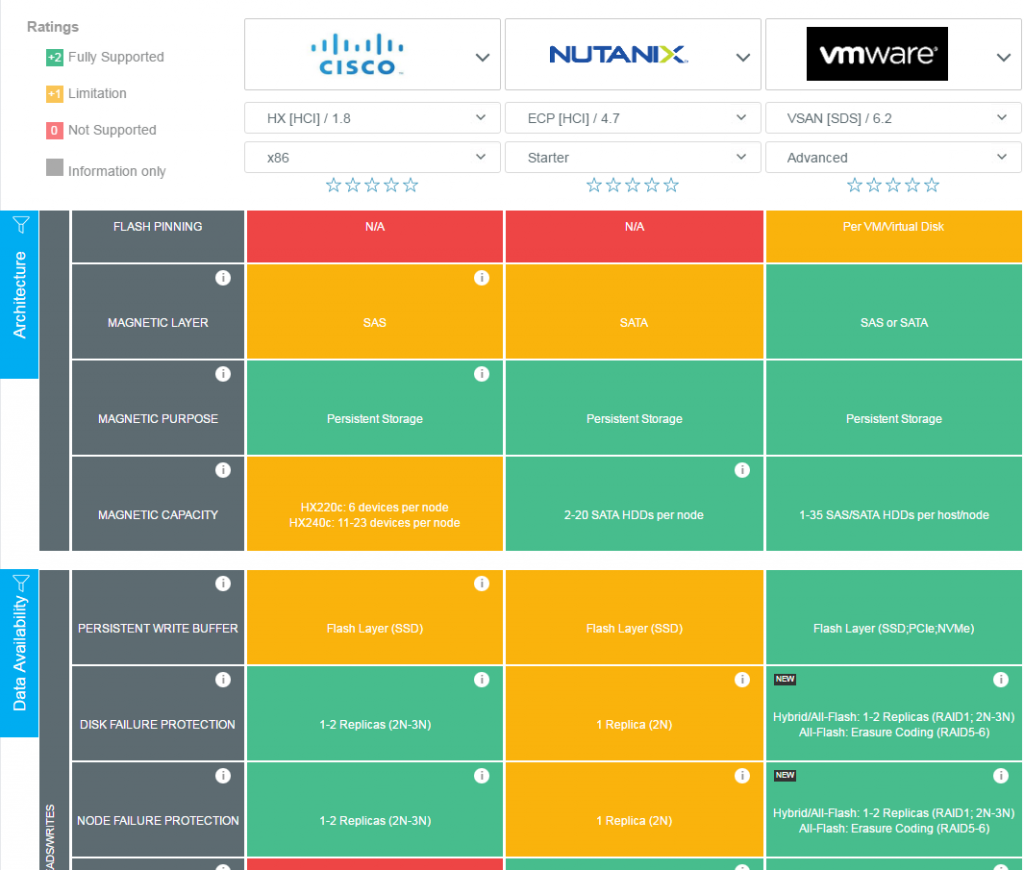Although the Cisco HyperFlex (HX) platform was announced March 1st 2016, the story behind it began several years earlier with Springpath, the software powering the hyper-converged appliances. Springpath, an independent software company, was officially founded in May 2012. After a development period of almost 3 years (which is pretty normal when comparing this to similar companies) Springpath surfaced in February 2015. Even after announcing its existence to the market, Springpath kept optimizing its software-defined storage (SDS) platform before finally going GA during VMworld US in August 2015, with a European introduction that followed in late autumn.
However, it did not take long before Cisco took notice and started conversations with Springpath about a strategic and exclusive partnership. These talks resulted in Springpath communications all but freezing up, with no updates to most of the content on its company website – including blogs – after early November 2015. The official announcement of Cisco HyperFlex early March 2016 brought an end to speculations, as Cisco revealed its new Cisco UCS-based server platform, running Springpath software at its core. The fact that Springpath has stopped selling its platform as software-only solution and Cisco is now co-developing the software, emphasizes the nature of the partnership. The software has since been re-branded from Springpath Data Platform to HyperFlex (HX) Data Platform.
But with so many SDS/HCI platforms out there already, what makes HyperFlex so special and really worth taking a look at … ?
First and foremost it’s the vision: a ‘no compromise’ and modern approach to meet the core requirements in today’s data management and to eliminate existing challenges. The key dimensions here being data performance, data management, data services, data efficiency and data scalability. Secondly, it’s the foundation: aligning to the vision from day one and thus building a platform from the ground up. This essentially means that, for example, re-using an existing file system as the base and optimizing it for your own use is simply not an option and far less likely to succeed in achieving the goals set. Therefore, at the heart of the HyperFlex platform lies the in-house built Hardware Agnostic Log-structured Object (HALO) architecture. When integrating the storage software with the proven Cisco UCS rackserver hardware as well as Cisco’s centralized management and automation software framework, this could potentially be a strong offering.
With the overall promise sounding great, the Cisco HyperFlex platform in its current incarnation still has some limitations …
Although the overall promise sounds great, the Cisco HyperFlex platform – in its latest incarnation – is still limited in some respects. For instance, today HyperFlex only offers support for the VMware vSphere platform. Version 1.8 is officially listed in the VMware Compatibility Guide for vSphere version 6.0 and higher, and offer VMware API for Storage Integration (VAAI) for NAS support. To fit inside the VDI space, official certification for Citrix XenDesktop 7.6 has also been established. Future support for Microsoft Hyper-V is still on the roadmap, as is support for Docker and OpenStack.
Cisco HyperFlex provides automatic data distribution, data protection based on additional copies, space efficient cloning and snapshots, as well as  automatic rebalancing of data when adding/removing nodes in a non-disruptive fashion. The platform also automatically takes corrective actions when either a physical server or physical disk fails. On the end of scalability, 8 storage nodes is still the maximum cluster size supported, but by no means a technical limitation of the software. Management of the storage software is integrated fully with the VMware vSphere Web Client through a plug-in. Besides executing operational actions, performance and other metrics are also visible for within the Web Client. On the data reduction side of things, HyperFlex uses always-on deduplication and compression, regardless of the workload.
automatic rebalancing of data when adding/removing nodes in a non-disruptive fashion. The platform also automatically takes corrective actions when either a physical server or physical disk fails. On the end of scalability, 8 storage nodes is still the maximum cluster size supported, but by no means a technical limitation of the software. Management of the storage software is integrated fully with the VMware vSphere Web Client through a plug-in. Besides executing operational actions, performance and other metrics are also visible for within the Web Client. On the data reduction side of things, HyperFlex uses always-on deduplication and compression, regardless of the workload.
From a functional perspective the most important features that the HyperFlex platform is currently lacking are remote replication and stretched clustering. For the time being Cisco HyperFlex is very much dependent on third-party software such as vSphere Replication, Zerto Virtual Replication and Veeam. In the past Springpath voiced that it was actively working on built-in asynchronous replication, but if and when this will be actually available is still sketchy.
For a full listing of Cisco HyperFlex features and functionality, please visit the WhatMatrix SDS/HCI comparison tables here.
Herman Rutten – Lead WhatMatrix Category Consultant (SDS & HCI)


Latest posts by Community Author (see all)
- WhatMatrix Q&A with Citrix– Virtual Desktop, DaaS, VDI and WVD - July 5, 2020
- We hope you are well – help for vendors – free lead generation - March 27, 2020
- Landscape Report Guidance: Cloud Management Platforms - February 5, 2020






